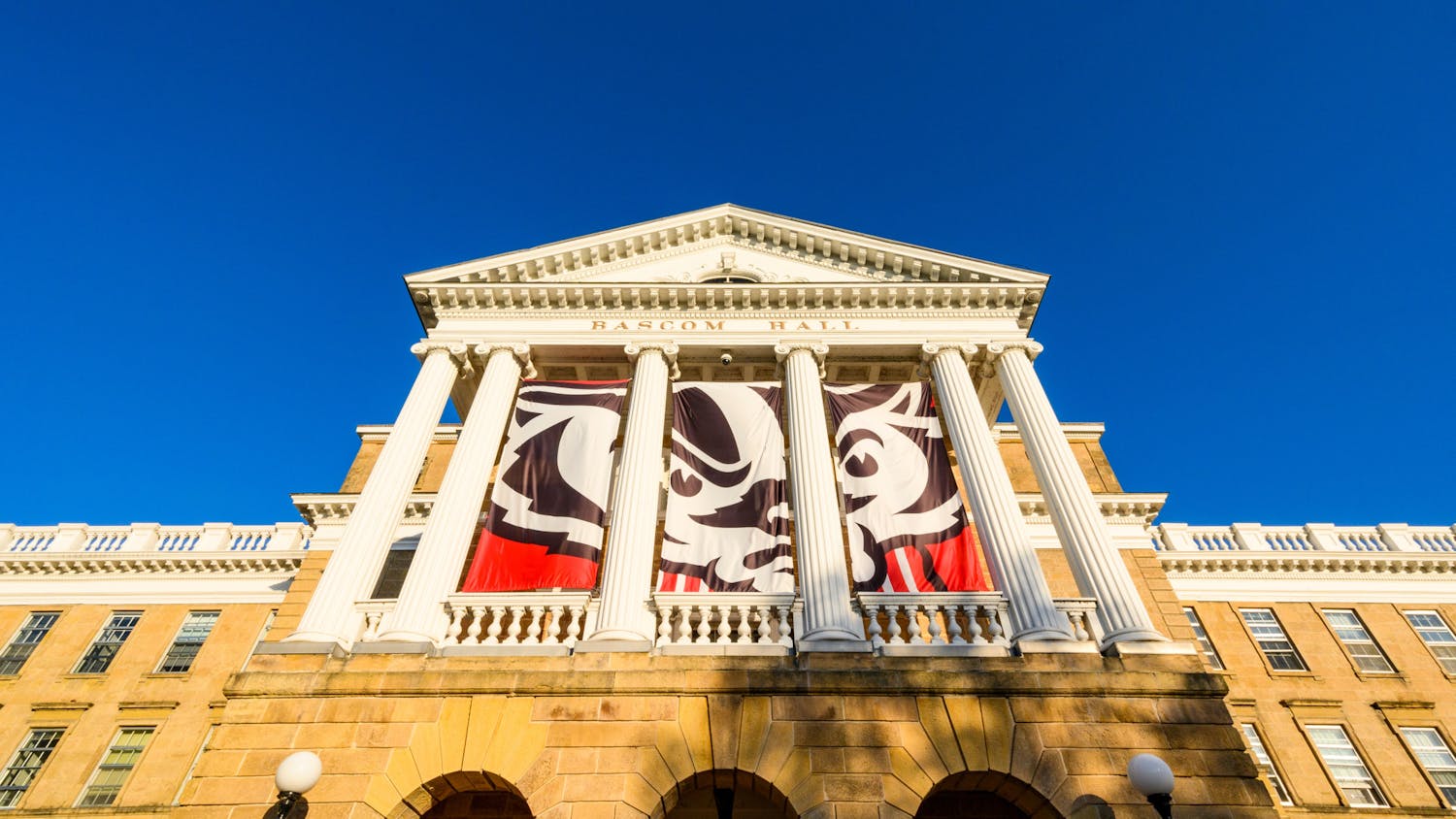Borrowing has become a slippery slope, particularly among the college-aged American. In their senior year of high school, students are trained to fill out the FAFSA as scrupulously as possible in order to get federal financial aid. Then, throughout their college career, they continue to accept both federal and private loans on a yearly basis. Add in graduate school for the truly ambitious, and that’s up to nearly a decade of borrowing money for education with little or no income to supplement it.
Many high school graduates don’t realize the amount of debt they can expect, resulting in a rude awakening when the bills begin to come after they graduate college. While there are studies which purport the average student loan debt of a specific graduating class, these numbers are rarely accurate. The Institute for College Access and Success reported the average debt of the class of 2011 was $26,500, but it also admits this is based on a small selection of schools, which includes a meager nine for-profit schools because the rest declined to supply the necessary data.
This is especially misleading when considering the fact that students attending for-profit universities are not only more likely to borrow, but to borrow more. If all colleges openly gave data about their graduates, we might find an average debt that rested nearer the 40 or 50 thousand mark. Students, then, can anticipate borrowing a much larger sum of money than they have previously been lead to believe.
And all of this is assuming these students have not borrowed from family members, like mom and dad, who will also be expecting repayment once the student has left college and entered the workforce.
Beyond the mere principle of these loans, another primary factor which many students may not fully understand is the interest rate.
Federal loans have a fixed rate, for now, of 6.8 percent for undergraduates and 7.9 percent for graduate students, both of which are high, considering mortgage loans are often only half that rate. But private lenders can get far more pricey, and with so many repayment options students can get tangled in a mess of contracts that will cripple them later in life.
Think a few years ahead, to when these students have families and homes and likely have a mortgage. Right now modifying an unmanageable mortgage can mean saving as little at $1.61 each month while barely chipping away at the interest on the loan. Include the student loan debt the borrower still has, and it’s quite obvious why times are so tough.
The construction of lending and borrowing dooms students before they step into the classroom. Still learning the value of the dollar, young adults don’t have the experience with finances necessary to make decisions about borrowing for their education. Sure, they have parents to help them out, but a parent isn’t necessary to accept a federal loan, and if the student has established credit they can sometimes sign on with private lenders without a cosigner. Eighteen-year-old kids wield far more power than we like to think and though the information is out there, misleading data is wreaking financial havoc on today’s youth.
Kate is a sophomore majoring in Spanish and English. Please send all feedback to opinion@dailycardinal.com.





